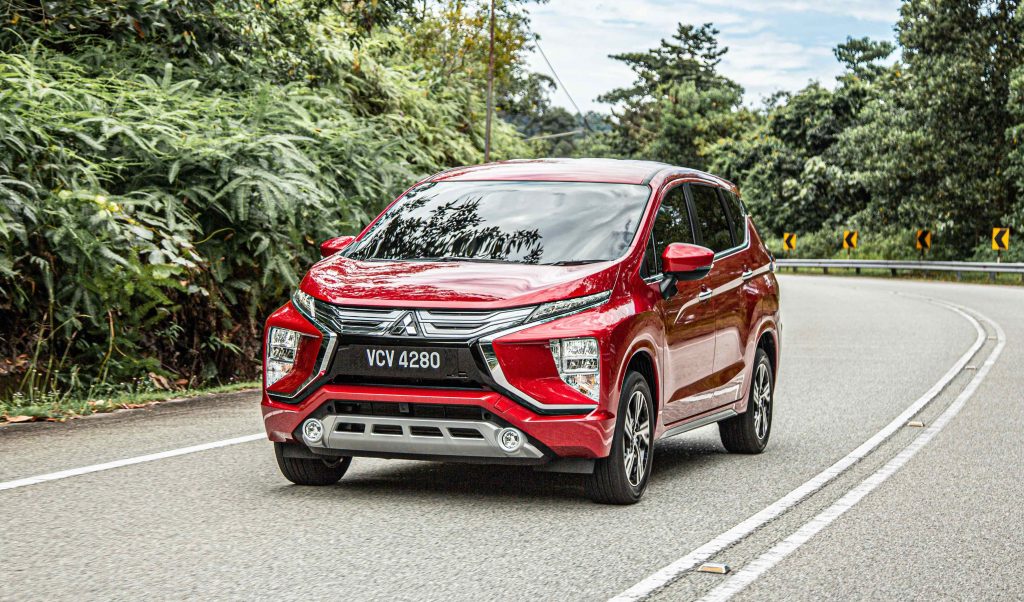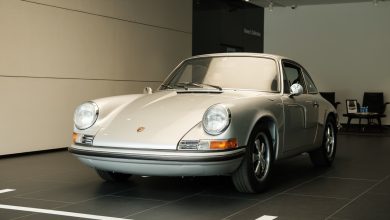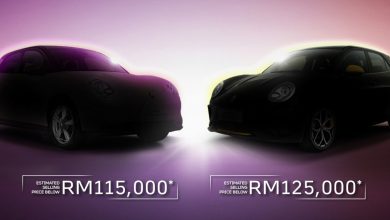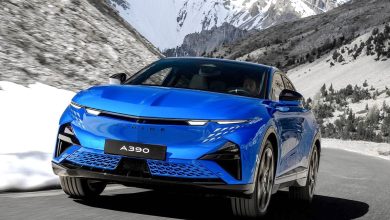Malaysian Mitsubishi Sales Hit Record High In April 2021
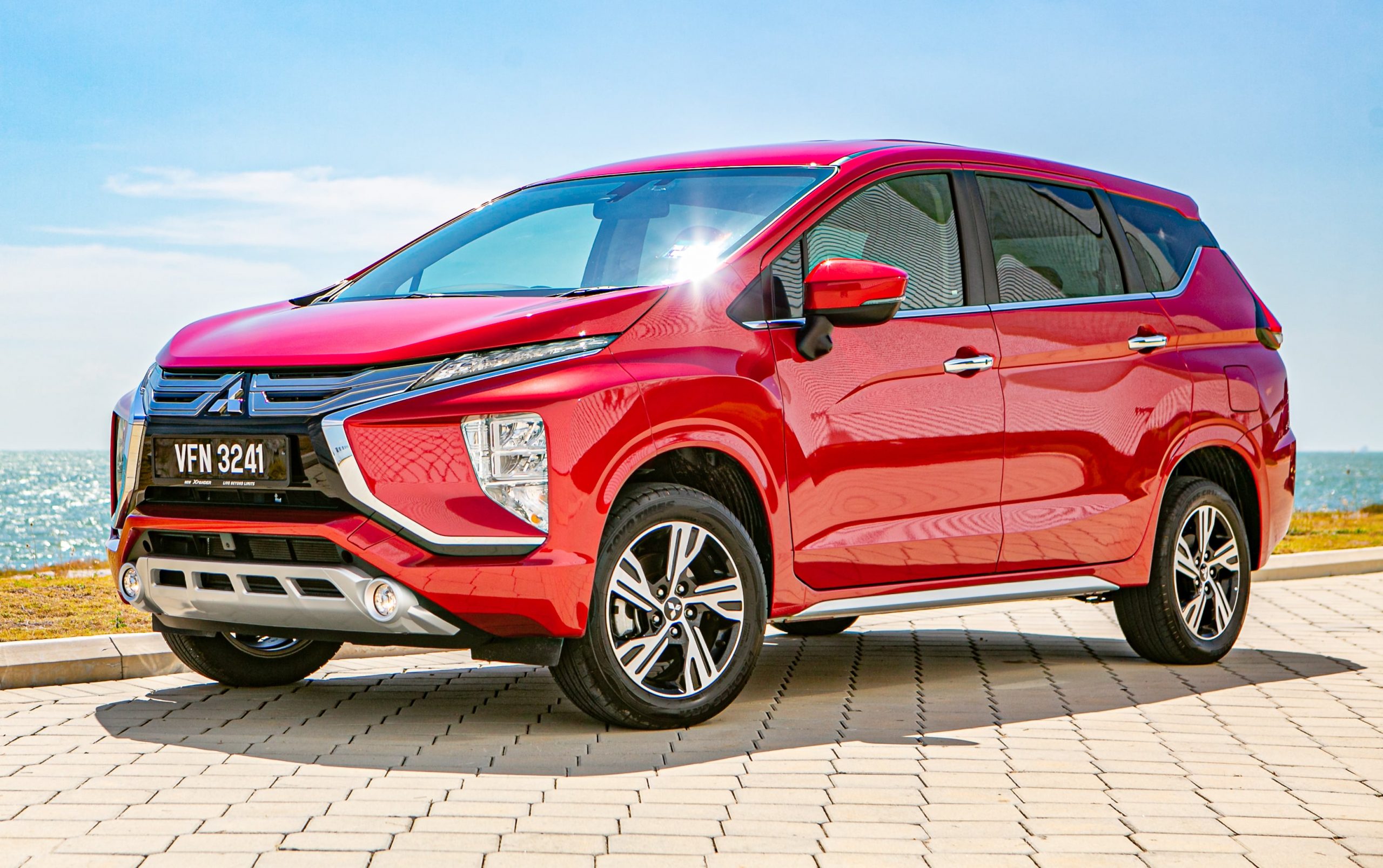
The Mitsubishi Xpander accounted for more than half of the 1,872 cars sold last month.
Mitsubishi has recently proudly announced that April 2021 saw it record a historical sales performance over here in Malaysia. Continuing its strong sales momentum that began in the beginning of the year, a total of 1,872 units sold last month sees the tri-diamond marque retain its top-three spot in the non-national brand ranking locally for the fourth consecutive month.
Unsurprisingly, the new Xpander has contributed a large part to the strong Mitsubishi sales in recent time. Such is evidenced by the fact that this best-selling non-national MPV in Malaysia made up over 52% of the automaker’s sales figures locally last month, with 982 units delivered to customers in April 2021.

In fact, demand for the Xpander has been so great that over 10,000 bookings for this Mitsubishi MPVs has been made since its launch late last year. 3,800 of which have already made it into the hands of proud owners nationwide.

Aside from the Xpander, the other bread-and-butter product for the Japanese automaker locally will naturally be its Triton pickup. Despite stiff competition from its newly launched rivals, this particular Mitsubishi workhorse still commands a ‘solid market share close to 20%’ within the segment, with 680 units of the normal and 142 units of its new top-of-the-line Athlete variant delivered to customers last month.

“We are very pleased that the Mitsubishi XPANDER sales remain healthy and its demand is ahead of the number of units supplied. Despite the challenges we are facing with the recently announced Movement Control Order (MCO) or even with the Conditional Movement Control Order (CMCO) prior to MCO, we are continuing our best efforts to meet with the strong demand for the XPANDER by increasing our production capacity while maintaining a high level of product quality,” said Tomoyuki Shinnishi, Chief Executive Officer of MMM.
“Although there was a decline in many economic sectors and the environmental sentiments starts to take a toll on people caused by the COVID-19 pandemic, we are relieved to see our sales remain optimistic and constantly moving towards a positive direction. We are aware that a large number of our customers aim to purchase their cars before the SST exemption expires by end of June. Despite the challenges of supply constraints, Mitsubishi Motors is working our best to meet the expectation of our customers on the delivery preference,” Shinnishi added.
